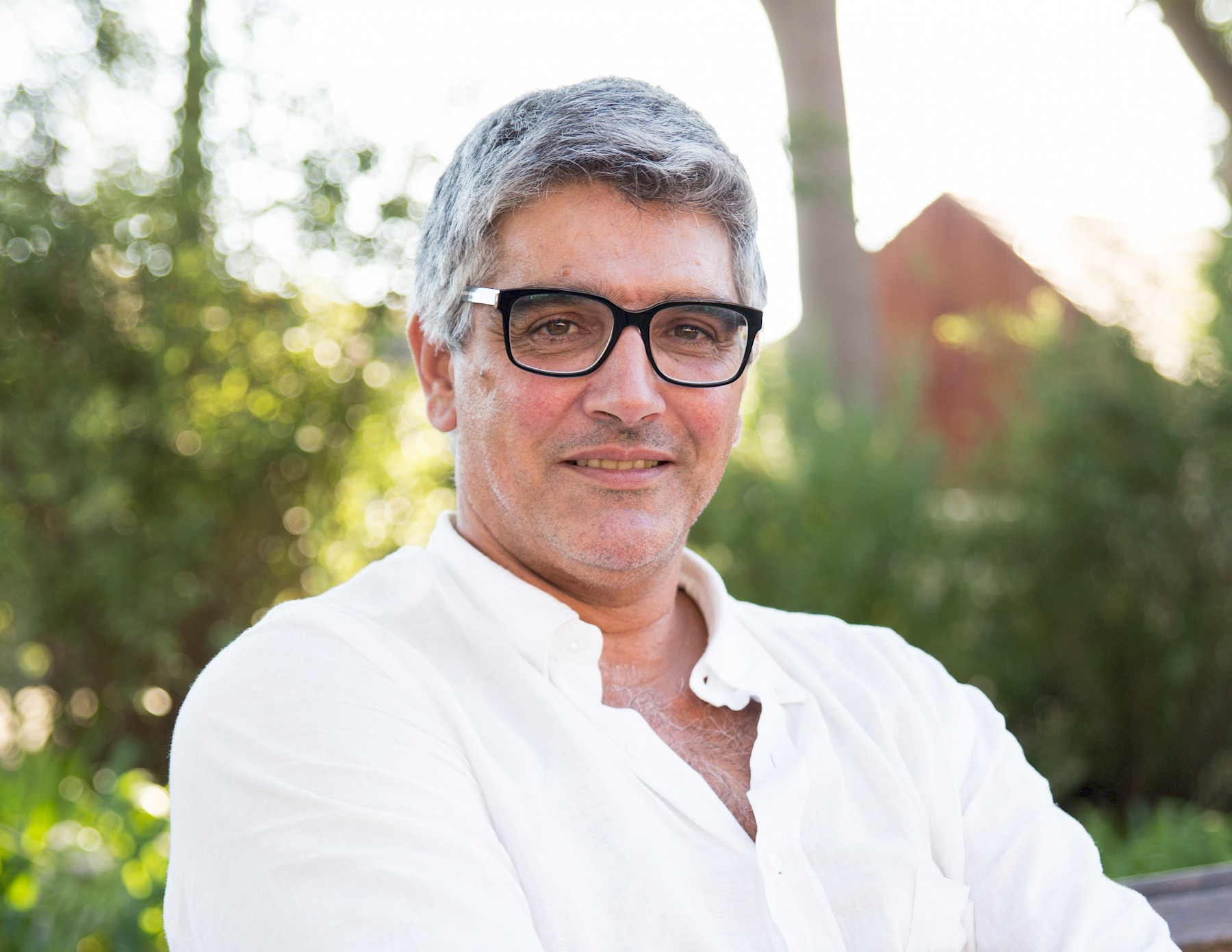Study published in “Science” reveals crucial mechanism in brain development
The discovery is the result of more than a decade of research.
Abridged version in English by Diana Taborda
A study published in the prestigious journal Science, involving around twenty Portuguese, Spanish and French researchers, reveals an essential mechanism of brain organisation in the early years of life, providing clues for the development of new therapeutic approaches to disorders such as autism, depression, schizophrenia or Alzheimer's disease.
This finding is the result of more than a decade of research, started in 2007 by Rodrigo Cunha, co-author of the scientific article and professor at the Faculty of Medicine, University of Coimbra (FMUC).
Understanding how the brain develops in the first years of life is fundamental, since the problems that arise at this stage can have consequences for life. When we are born, the network of neurons in our brain is not yet organised; it is a highly plastic network. The selection of synapses - the focus of this study - is one of the central mechanisms, as synapses are responsible for communication between neurons.
In the process of brain development "synapses are generated around five times more than our nervous system needs. This happens in order to select one in five, i.e., to choose the synapses that are optimal for carrying out the functions of our brain", explains Rodrigo Cunha, also a researcher at the Centre for Neuroscience and Cell Biology of the UC.
Researchers studied the stability of synapses in mice during the phase in which they are most plastic, corresponding to humans between six months and four years of age, a period in which the greatest selection of synapses occurs. According to Rodrigo Cunha, if during this period "there are failures in synapse selection, we become more prone to depression, excessive consumption of psychoactive drugs or to develop epilepsy. This has been scientifically proven. That is why it is so important to study the multiple mechanisms involved in brain development".
Rodrigo Cunha's team discovered the main mechanism involved in the selection of synapses: the ATP molecule, the key molecule in this process, which functions as the energy source of our body and also as a signal of activity between cells in the nervous system.
You may find the full article here.

